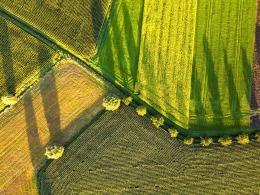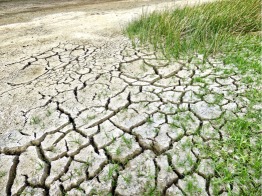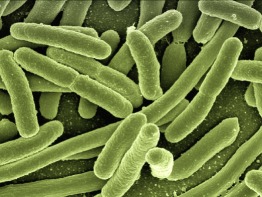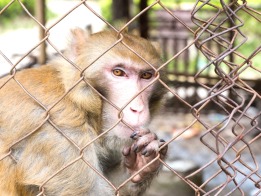| land-use change | |
 |
— habitat fragmentation is associated with reductions in diversity and altered community composition of the mammalian gut [18,19] and amphibian skin microbiomes [20] |
| — urbanization decreases bacterial richness and alters the community composition and functional profile of the bird gut microbiome [21] | |
| — amphibians living in agricultural habitats have distinct gut microbial community composition from those living in natural habitats [22] | |
| contamination | |
 |
— heavy metal exposure decreases diversity and alters the community composition of the fish gut microbiome [23] |
| — exposure to polychlorinated biphenyls alters the community composition of the larval amphibian gut microbiome, which persists in the adult life stage [24] | |
| — pesticide and herbicide use are, respectively, linked to compositional changes in the gut microbiome of insects [25] and the skin microbiome of larval and adult amphibians [26] | |
| climate change | |
 |
— increased temperature results in losses of diversity and alterations to the community composition of reptile [27] and amphibian [28] gut microbiomes |
| — warming ocean temperature alters the assemblage of the microbial communities associated with marine sponges [29] | |
| — ocean acidification reduces diversity and alters the community composition of coral associated microbes [30] | |
| infectious disease | |
 |
— parasite infection can decrease diversity of the bird gut microbiome [31], and alter community composition of the mammalian [32–34] and amphibian [35] gut microbiomes |
| — viral infections alter the community composition of the bird gut microbiome [36] and amphibian skin microbiome [37] | |
| — cutaneous fungal infection alters skin microbial communities of amphibians [38], the degree of which increases with pathogen load [39] | |
| captivity | |
 |
— gut microbial communities of fish [40], reptiles [41], birds [42] and mammals [43–47], and skin microbial communities of amphibians [48,49] and reptiles [50], are distinct between captive individuals and their wild conspecifics |
| — mammalian gut microbial communities [47] and amphibian skin microbial communities [48,51] are less diverse in captivity than in the wild |
aRepresentative studies were selected in an effort to incorporate the widest variety of host taxa and specific threats. An expanded reference list further documenting these threats is available in electronic supplementary material, table S1.
